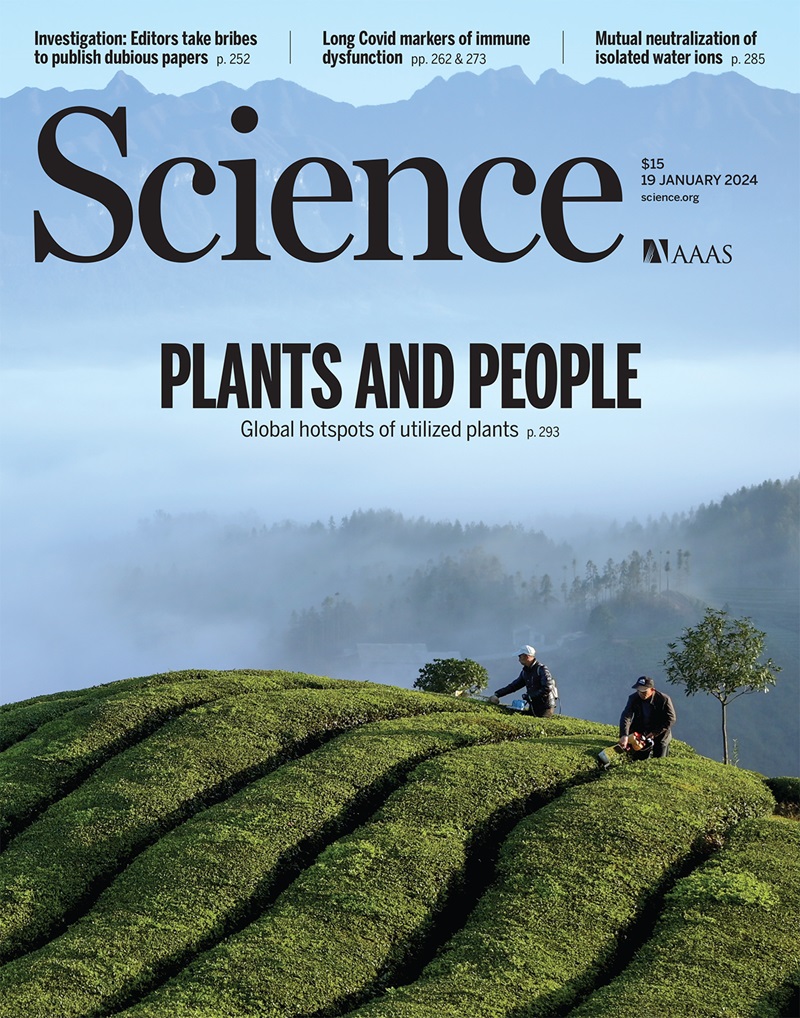体内CAR - T细胞生成治疗癌症和自身免疫性疾病。
IF 44.7
1区 综合性期刊
Q1 MULTIDISCIPLINARY SCIENCES
引用次数: 0
摘要
嵌合抗原受体(CAR) T细胞疗法已经改变了B细胞恶性肿瘤的治疗。然而,它们的广泛应用受到复杂的制造工艺和淋巴消耗化疗的必要性的限制,限制了患者的可及性。我们提出了一种体内工程策略,使用靶向脂质纳米颗粒(tLNPs)将信使RNA传递到特定的T细胞亚群。这些tLNPs在健康供体和自身免疫性患者样本中对CD8+ T细胞进行了重编程,并且在体内给药导致人源化小鼠的肿瘤控制和食蟹猴的B细胞消耗。在食蟹猴中,消耗后重组的B细胞主要是naïve,表明免疫系统重置。通过消除复杂的体外制造要求,该tLNP平台具有使CAR - T细胞疗法更容易获得并适用于其他临床适应症的潜力。本文章由计算机程序翻译,如有差异,请以英文原文为准。
In vivo CAR T cell generation to treat cancer and autoimmune disease.
Chimeric antigen receptor (CAR) T cell therapies have transformed treatment of B cell malignancies. However, their broader application is limited by complex manufacturing processes and the necessity for lymphodepleting chemotherapy, restricting patient accessibility. We present an in vivo engineering strategy using targeted lipid nanoparticles (tLNPs) for messenger RNA delivery to specific T cell subsets. These tLNPs reprogrammed CD8+ T cells in both healthy donor and autoimmune patient samples, and in vivo dosing resulted in tumor control in humanized mice and B cell depletion in cynomolgus monkeys. In cynomolgus monkeys, the reconstituted B cells after depletion were predominantly naïve, suggesting an immune system reset. By eliminating the requirements for complex ex vivo manufacturing, this tLNP platform holds the potential to make CAR T cell therapies more accessible and applicable across additional clinical indications.
求助全文
通过发布文献求助,成功后即可免费获取论文全文。
去求助
来源期刊

Science
综合性期刊-综合性期刊
CiteScore
61.10
自引率
0.90%
发文量
0
审稿时长
2.1 months
期刊介绍:
Science is a leading outlet for scientific news, commentary, and cutting-edge research. Through its print and online incarnations, Science reaches an estimated worldwide readership of more than one million. Science’s authorship is global too, and its articles consistently rank among the world's most cited research.
Science serves as a forum for discussion of important issues related to the advancement of science by publishing material on which a consensus has been reached as well as including the presentation of minority or conflicting points of view. Accordingly, all articles published in Science—including editorials, news and comment, and book reviews—are signed and reflect the individual views of the authors and not official points of view adopted by AAAS or the institutions with which the authors are affiliated.
Science seeks to publish those papers that are most influential in their fields or across fields and that will significantly advance scientific understanding. Selected papers should present novel and broadly important data, syntheses, or concepts. They should merit recognition by the wider scientific community and general public provided by publication in Science, beyond that provided by specialty journals. Science welcomes submissions from all fields of science and from any source. The editors are committed to the prompt evaluation and publication of submitted papers while upholding high standards that support reproducibility of published research. Science is published weekly; selected papers are published online ahead of print.
 求助内容:
求助内容: 应助结果提醒方式:
应助结果提醒方式:


